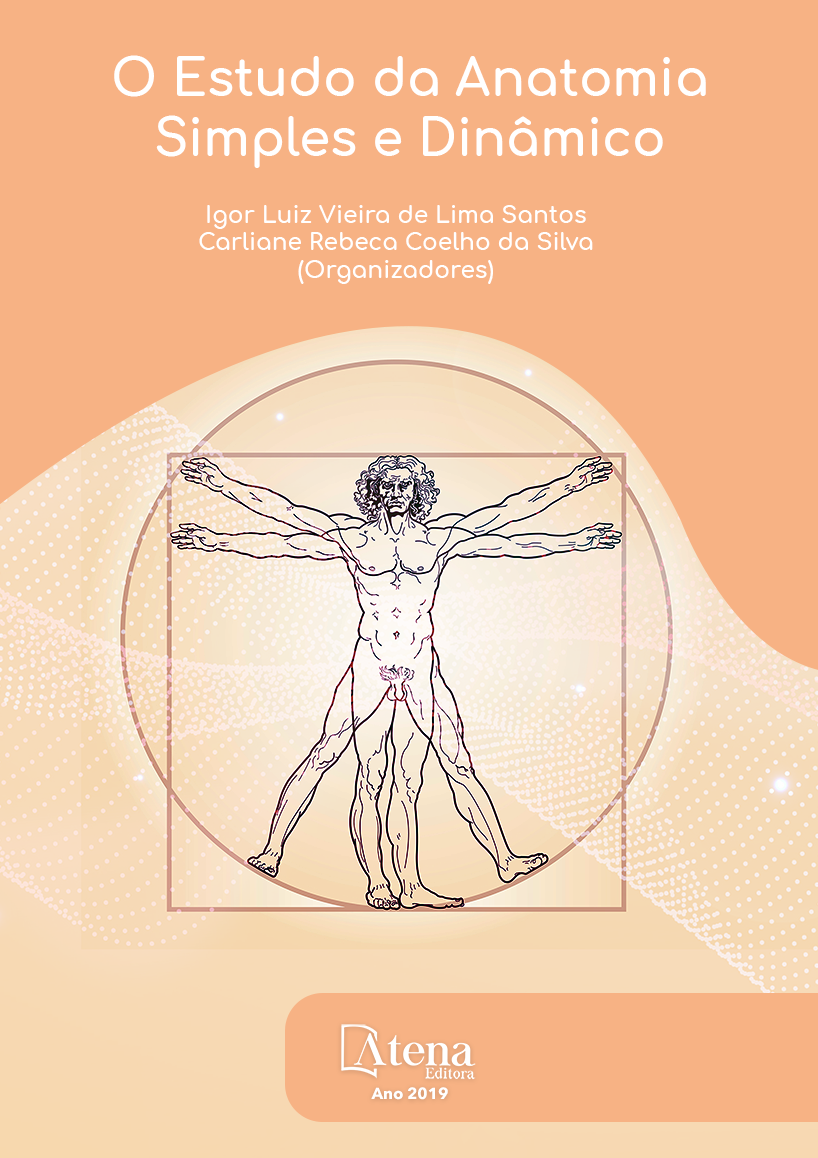
ANATOMIA DA ARTÉRIA AORTA E SUAS RAMIFICAÇÕES NO POMBO DOMÉSTICO (COLUMBA LIVIA– GMELIN, 1789)
O Pombo doméstico (Columba Livia)
trata-se de uma espécie comum no Brasil, Peru,
Chile e Bolívia (RIBEIRO; TELES; MARUCH,
1995), mas originaria da Ásia e África e por
possui grande capacidade de adaptação, é
amplamente distribuído no planeta. Estudos
sobre a anatomia de aves são escassos, tanto
nas ciências biológicas quanto na medicina
veterinária, existindo poucos relatos sobre
a anatomia dos pombos (FRANCESCHI et
al, 2009). MATERIAIS E MÉTODOS: Para o
desenvolvimento deste estudo foram utilizados
20 exemplares de Pombo doméstico (Columba
livia), adultos, porém sem idade definida, cujas
carcaças foram doadas pelo IBAMA / MG / GO.
No laboratório de Anatomia Comparativa da
UFG-RC, foram depenados e tiveram o sistema
arterial injetado com látex. Em seguida foram
fixados em solução aquosa de formol a 10%
e dissecados para exposição dos vasos da
base do coração e descrição da artéria aorta
e seus ramos. RESULTADOS E DISCUSSÃO:
Os resultados inerentes a essa pesquisa são
confrontados apenas com os de Galo-doméstico
(Gallus galus) face à escassez de dados
literários. CONCLUSÃO: O presente estudo
demonstra que o padrão anatômico do Pombo
doméstico é semelhante ao Galo doméstico, o
que contribui para o maior conhecimento sobre
a anatomia deste animal na prática clínica
veterinária, bem como no conhecimento de
seu sistema biológico e especificamente seu
sistema arterial.
ANATOMIA DA ARTÉRIA AORTA E SUAS RAMIFICAÇÕES NO POMBO DOMÉSTICO (COLUMBA LIVIA– GMELIN, 1789)
-
DOI: 10.22533/at.ed.3241925092
-
Palavras-chave: Columba livia, Anatomia, Vascularização
-
Keywords: Columba livia, Anatomy, Vascularization
-
Abstract:
The domestic pigeon (Columba
Livia) is a common species in Brazil, Peru, Chile and Bolivia (RIBEIRO; TELES;
MARUCH, 1995), but it originated in Asia and Africa and because it has great adaptation
capacity, is widely distributed in planet. Studies on the anatomy of birds are scarce,
both in the biological sciences and in veterinary medicine, with few reports on pigeon
anatomy (FRANCESCHI et al, 2009). MATERIALS AND METHODS: Twenty specimens
of domestic pigeon (Columba livia) were used for the development of this study, adults,
but without defined age, whose carcases were donated by IBAMA / MG / GO. In the
laboratory of Comparative Anatomy of the UFG-RC, they were plucked and had the
arterial system injected with latex. They were then fixed in 10% aqueous solution of
formaldehyde and dissected for exposition of the vessels of the base of the heart
and description of the aorta artery and its branches. RESULTS AND DISCUSSION:
The results inherent to this research are confronted only with those of Gallus galus
(Gallus galus) in the face of the scarcity of literary data. CONCLUSION: The present
study demonstrates that the anatomical pattern of the domestic pigeon is similar to the
domestic cock, which contributes to the greater knowledge about the anatomy of this
animal in veterinary clinical practice, as well as the knowledge of its biological system
and specifically its arterial system.
-
Número de páginas: 15
- Eduardo Paul Chacur
- Thalles Anthony Duarte Oliveira
- Thiago Sardinha de Oliveira
- Zenon Silva
- Roseamely Angeliga de Carvalho Barros
- vinicius gonçalves fontoura


